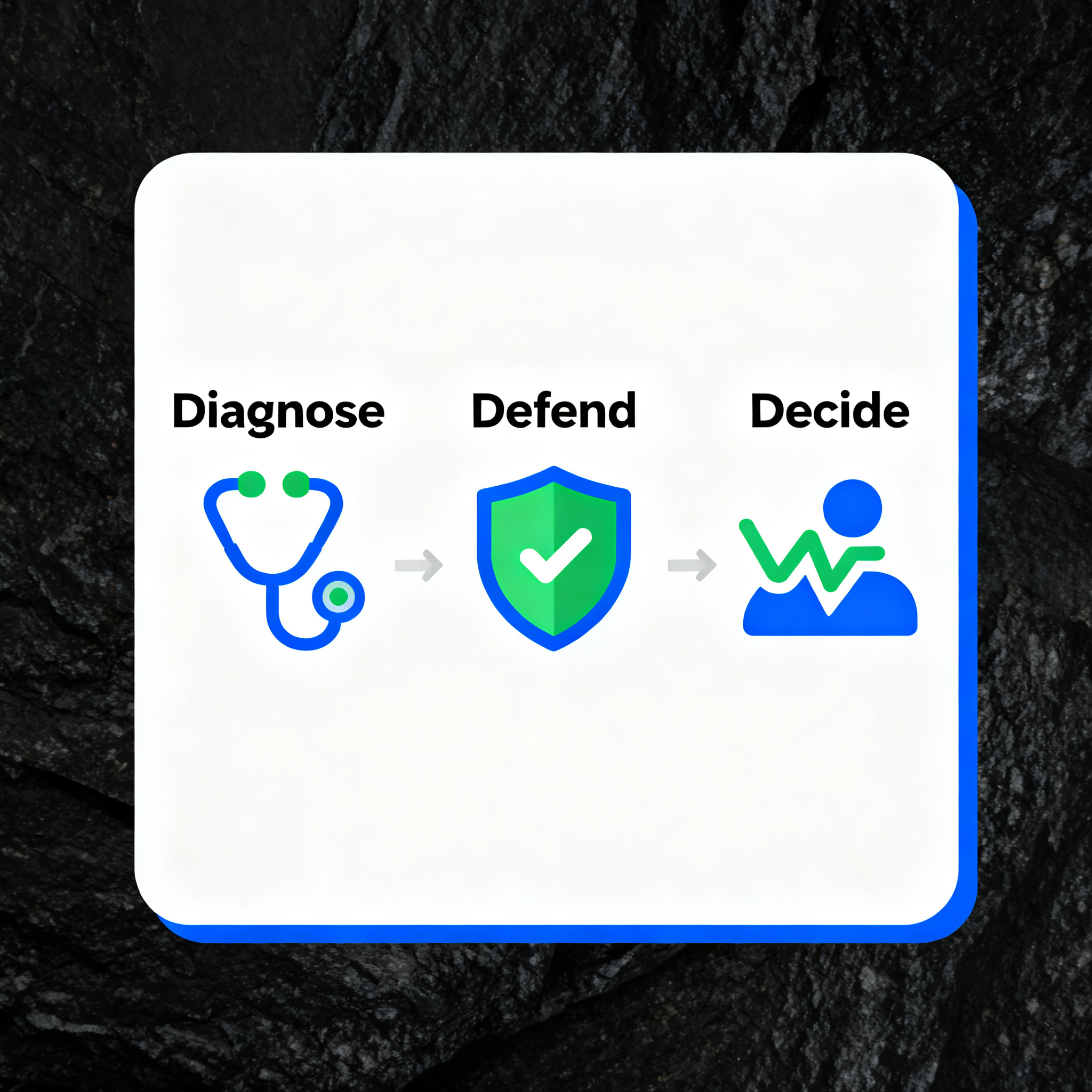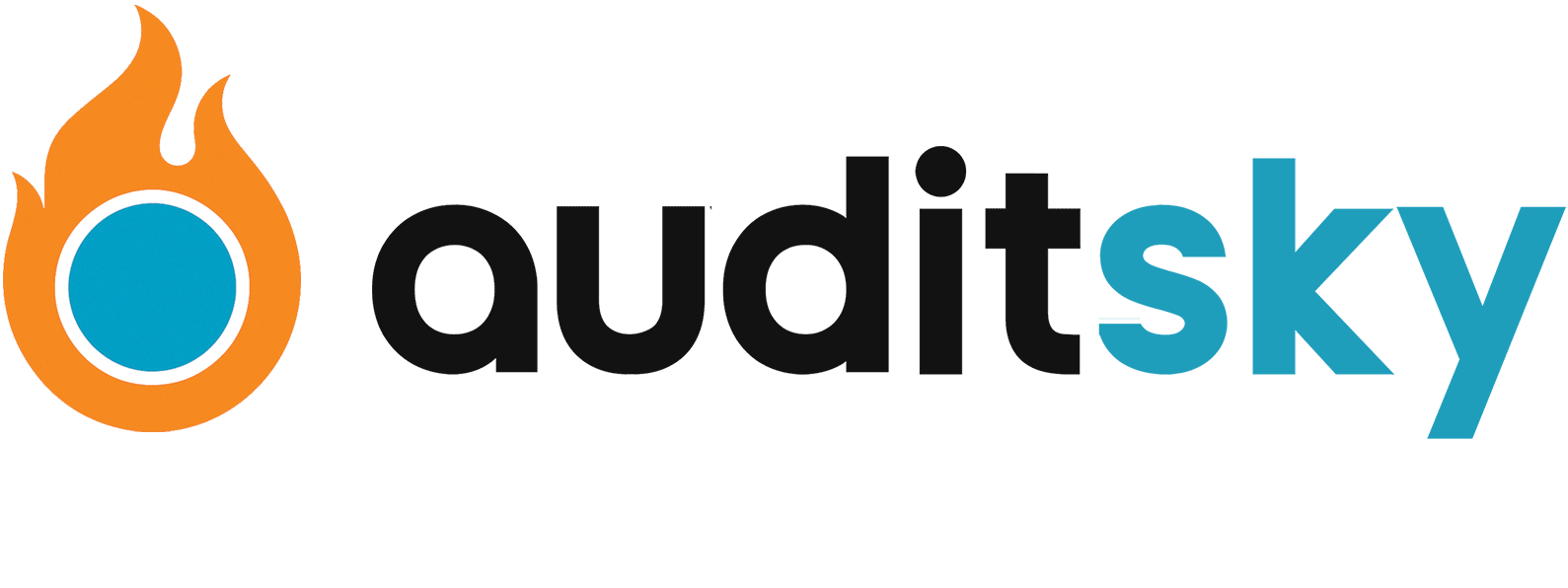dealing with difficult agency clients is one of those Day 10 content topics every early stage SEO, content marketing, or digital marketing agency should publish. Picture this: it is 2 AM, your analytics are behaving, the client just emailed in ALL CAPS, and your contract reads like a suggestion not a guardrail. You are not alone, and you do not have to shoulder reactive chaos as your growth strategy.

Dealing With Difficult Agency Clients, Fast
Here's the thing, most friction is predictable. If you can diagnose the cause, defend your process, and decide when to escalate or exit, you convert conflict into clarity. This guide is written for SEO companies, content marketing teams, and digital marketing agencies who want to grow revenue, reduce churn, and win referrals.
Why this matters for agencies
- Happy clients keep retainer revenue steady, and unhappy clients cost time, referrals, and team morale. See agency best practices at Content Marketing Institute.
- Clear processes scale better than individual heroics, especially for early stage businesses working through Day 10 content and beyond.
Diagnose: The Root Causes of Hard Conversations
Not every difficult client is the same. Start by diagnosing, not judging.
Common root causes
- Misaligned expectations: goals were vague, or the definition of success changed.
- Scope creep: small asks became projects without approvals.
- Communication gaps: too many channels, unclear owners, or delayed responses.
- Cultural fit: different working styles and decision speed.
Actionable steps
- Map the engagement timeline, noting every change request and approval.
- Ask one simple question in the next call: "What outcome would make this a win for you?" then listen.
- Document recurring issues in a shared doc and tag the decision owner.
Defend: Contracts, Onboarding, and Communication Hygiene
Prevention beats firefighting. Invest a little time up front.
Contracts that actually protect you
- Define deliverables, milestones, and review cycles in plain language.
- Include a change request process with pricing and time estimates.
- Add a termination clause with notice and final deliverables.
For contract templates and negotiation advice, check practical agency perspectives at HubSpot’s agency resources.
Onboarding and alignment
- Kick off with a clear success plan and a shared calendar of milestones.
- Assign a primary contact and a backup, and publish expected response SLAs.
- Use a welcome packet to set tone, tools, and meeting cadence.
Communication hygiene
- Centralize requests in one place, like a project management board or shared ticketing thread.
- Use short weekly status updates, not surprise emails.
- When tone is escalating, move from email to a video call, then summarize outcomes in writing.
Decide: Handling Chronic Problems and Escalation
Sometimes you need to escalate internally, and sometimes you need to set an exit.
When to escalate inside your agency
- Repeated missed approvals that block deliverables.
- Scope that inflates beyond original pricing by more than 15 to 20 percent.
- Requests that require skills you do not provide well.
When to consider ending the relationship
- The client repeatedly breaks agreed terms, then denies it.
- Work consistently produces negative ROI for your team.
- The client harms your culture or reputation.
Exit checklist
- Review contract termination clauses, then offer a clean offboarding plan.
- Deliver final, billable work, package login and documentation, and propose a transition timeline.
- Capture lessons learned for internal process improvements.
Repair: Practical Scripts and Templates
People want to know what to say when things go sideways. Here are short, human-first templates.
Script: Bringing down the temperature
"I hear your frustration, and I want this to work. Can we spend 20 minutes fixing the immediate priorities and agree on one owner for approvals? I will document the outcomes and next steps."
Script: Handling a scope creep ask
"That is a great idea. It is outside our current scope. I can estimate it and share a timeline and cost by tomorrow. Do you want that as a change order or pushed to next month?"
Case Mini-Study: From Churn Risk to Upsell
Short story. An SEO agency was facing a client who demanded daily ranking reports and blamed the team for slow traffic wins. The agency stopped reactive reporting, set a weekly digest, renegotiated KPIs to focus on conversions instead of vanity metrics, and added a paid research sprint. Outcome: clearer expectations, one-time churn avoided, and a 20 percent retainer increase three months later.
Tools and resources
- Project management and ticketing for centralization: Trello, Asana, or ClickUp.
- Documentation and hygiene: shared Google Drive or Notion templates.
- For reading on agency-client dynamics, see Harvard Business Review and practical guides at Moz Blog.
Quick Checklist: 7 Steps to Reduce Client Conflict
- Set success metrics in writing at kickoff.
- Publish a simple change request workflow.
- Centralize communication and name owners.
- Use short weekly updates, no surprises.
- Price change work clearly, up front.
- Escalate early, not late.
- When necessary, exit cleanly and collect lessons.
Conclusion and Next Moves
Dealing with difficult agency clients does not require patience alone, it requires process, courage, and clear language. Start with diagnosis, protect yourself with strong onboarding and contracts, and decide when to repair or release. Want help turning this into a Day 10 content piece for your agency or a client-facing onboarding kit? Reach out and we can draft templates together.
Call to action: Save this checklist, adapt the scripts, and schedule a 30-minute team role-play this week.
